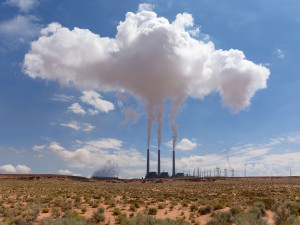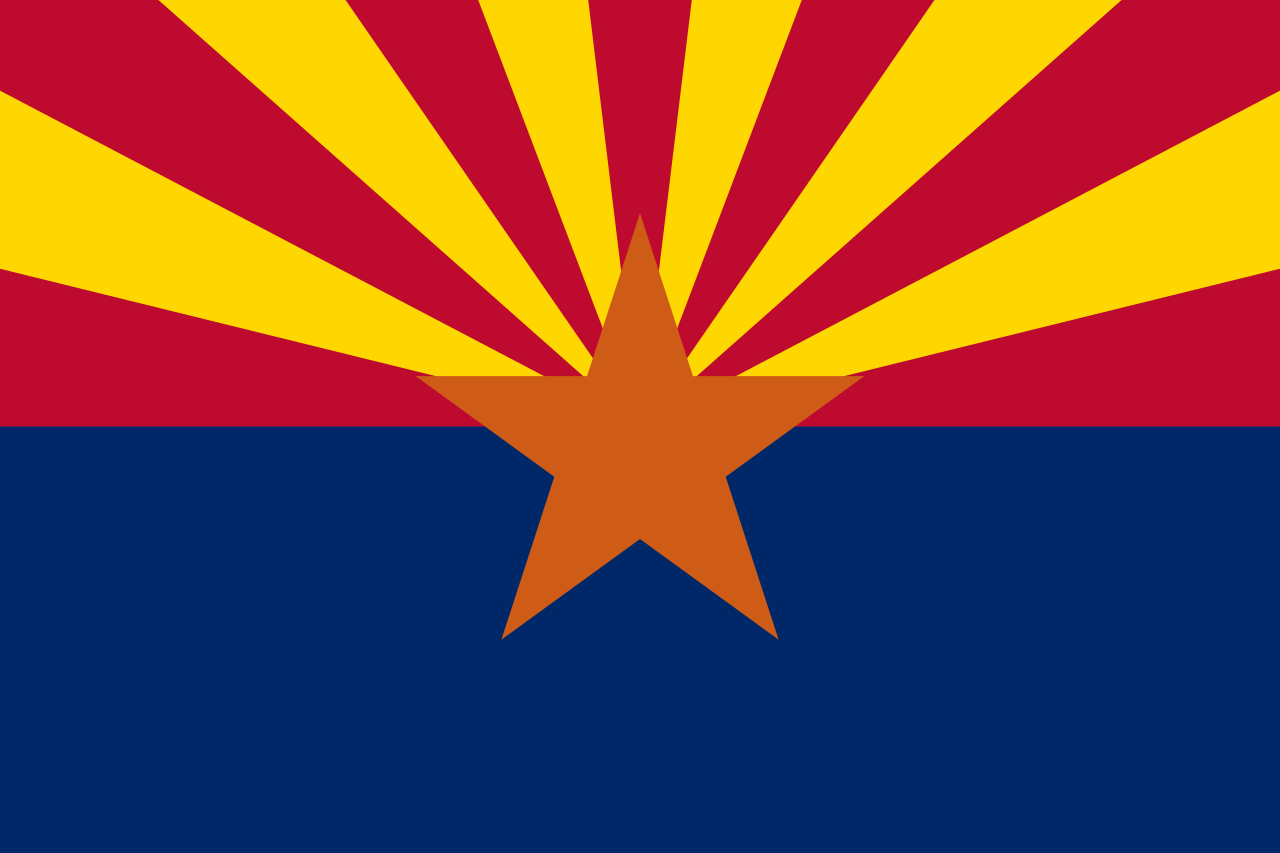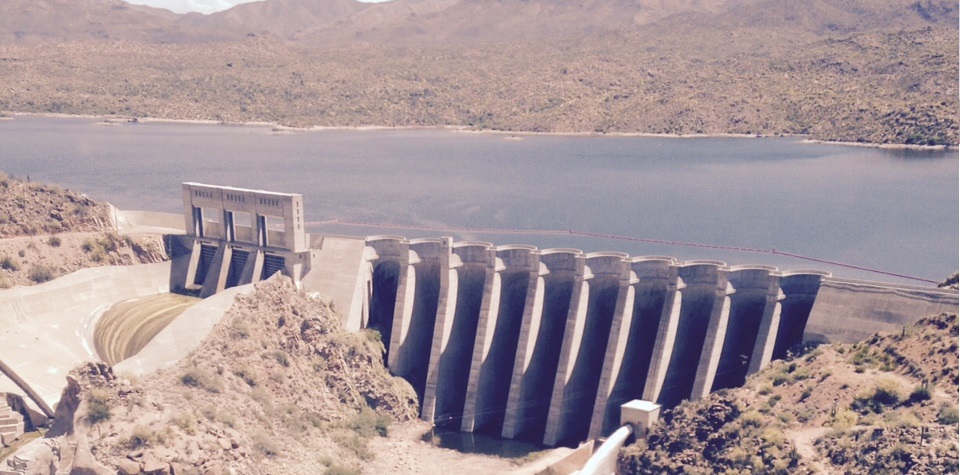The Environmental Protection Agency’s (EPA) announcement of its Clean Power Plan (CPP) last June outlined state specific standards for the reduction of carbon dioxide emissions from power plants. In addition to improving air quality for overall better health conditions, decreasing health care and climate related costs are major goals the EPA hopes to achieve with the CPP.
The EPA’s goal is to reduce nationwide carbon emissions 30% by 2030. Arizona’s goal, set by the EPA, is to reduce carbon emissions by 52%; it is the second largest state reduction. Power plants make up a significant portion of greenhouse gas emissions in the United States, with coal-generated power having the highest carbon emissions. In 2014, nearly 40% of Arizona’s electricity was produced by coal plants. Due to HB 2442, which passed in 2010, state agencies must receive authorization from the Arizona Legislature to create a State Implementation Plan (SIP) designed to comply with the EPA’s standards.
SB 1007 was signed by Governor Ducey this legislative session and begins the process of forming a SIP, which must be submitted to the EPA by June 30, 2016. The bill calls for an analysis of the logistical and economical feasibility of reducing Arizona’s carbon emissions, and how the change in power generation will affect utilities and consumers. Failure to comply with the EPA imposed deadline would allow the EPA to craft a Federal Implementation Plan (FIP), effectively eliminating Arizona’s control in planning its carbon emissions reduction strategy, giving the majority of the decision-making power to the EPA.
 Prior to the announcement of the CPP, Arizona had already made changes to reduce air pollution. Utilities have looked towards solar as a means to generate “clean” power and Arizona is one of the largest solar energy producing states; however, the transition from coal to natural gas will likely be the biggest contributor in decreasing emissions.
Prior to the announcement of the CPP, Arizona had already made changes to reduce air pollution. Utilities have looked towards solar as a means to generate “clean” power and Arizona is one of the largest solar energy producing states; however, the transition from coal to natural gas will likely be the biggest contributor in decreasing emissions.
While Arizona is currently working to reduce carbon emissions, the CPP requires 80% of the state reduction goal to be met by 2020. During a Bipartisan Policy Center panel, the Director of the Arizona Department of Environmental Quality, Henry Darwin, stated that, for Arizona to meet the 2020 interim check, all coal-fired generating plants would have to be completely retired. Retirement of coal will increase power costs, affecting all consumers, and also make it difficult for utilities to meet the power needs of the state, especially during peak energy use times such as summer. In January 2015, an APS representative testified that significant investment had been made to upgrade the state’s coal fire plants to meet current EPA standards, and that many of these plants still have a useful life.
Effects of the CPP are significant for both utilities and consumers in Arizona. With the adaptations the EPA requires, B3 Strategies’ clients, SRP and Arizona Municipal Power Users Association, will purchase energy at higher costs than current coal-fired plants offer and it is likely the increased cost will be passed onto consumers. The EPA states that short-term power costs will increase 1-3%, but predicts an overall reduction of costs by 8% by 2030. Another major concern for Arizona is potential job loss, as coal plants are a major employer, especially in the state’s rural and tribal areas. SB 1007 analyzes the loss of jobs related to the reduction in coal use, although the EPA believes there will be an overall increase in jobs and industry.
B3 Strategies will be tracking this issue closely to understand how it may affect Arizona. If you have questions or would like to learn more please reach out to us at [email protected]


